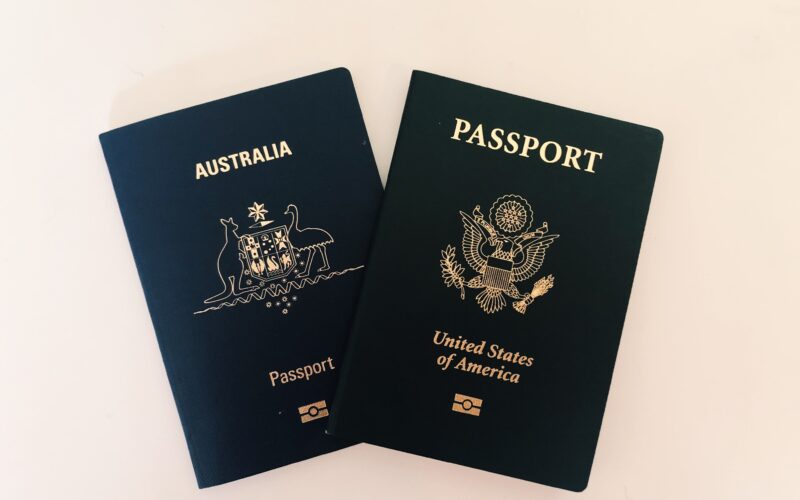Mia Gifford
Thanks to my dad being born and raised in Australia, I have dual citizenship with both the United States and the Land Down Under. While having two passports definitely has its perks–like not having to get a visa when traveling between the two countries and getting to go through the much shorter immigration line– it can also cause some difficulties.

The first time I traveled to Australia after getting my dual citizenship, it was quite a struggle figuring out when to use which passport. My mom began giving both of my passports to the counter attendant and had them tell us which one to use. One attendant in Australia, however, gave us a tip on how to know when each one should be used: use the passport of the soil that you’re on, so use the Australian passport in Australia and the American passport in the United States. We thought that rule was easy enough, and remembered to use it the next time we went to Australia. However, when we tried to heed the attendant’s advice in the Minneapolis-St. Paul International Airport in order to use the self-check-in, the screen kept coming up blank and saying I wasn’t in the system. After a few tries, we went up to the check-in counter and asked for help. This attendant told us that we should actually use the passport for the soil we were going to, (so use the Australian passport to get out of the US and into Australia and the American passport for coming back). In hindsight, this makes all the sense in the world, as I would need a visa to get into Australia with my American passport. This rule has served me well since, but unfortunately it took me a few trips across the world to get the hang of it.
Though having two passports can make things complicated when trying to figure out which one to use, they can come in handy when you leave a passport on one of your flights. This happened to me when I went to Australia my senior year of high school. Since my family lives on the west coast of Australia in the city of Perth, we have to take a five-hour flight from Sydney after our 12-hour flight from Los Angeles. By the time you board that last flight you’re pretty out of it, which is how I forgot that I had placed my Australian passport in the seat pocket in front of me. I told myself I would just put it there while I took my backpack off and got settled, but my jet-lagged brain completely forgot the plan once I was in the seat! The next day in Perth, while unpacking my things, I realized that I had my American passport, but not my Australian one. Trying not to freak out, I looked through all of my things again before deciding to call the airline to see if they had found it on the plane. Unfortunately, I had to wait till morning to call, so I went to my mom to carefully explain the situation to her. I focused on the fact that I had my ticket so I could tell the airlinethe plane number and where I sat. I also still had my American passport, so even if I couldn’t get my Australian passport back, I would still be able to go back home. She was obviously upset, as any parent would be, but she was impressed by my problem-solving skills so the lecture I received on the importance of keeping track of important documents wasn’t too lengthy. Luckily, the airline had found my passport and I was able to pick it up with ease. So, even though I lost my passport, my dual citizenship meant I wasn’t completely stranded in Australia. I also learned an important lesson: never, EVER, place your passport in the seat pocket, regardless of how jet-lagged you are.
Editor: Olivia O’Brien

